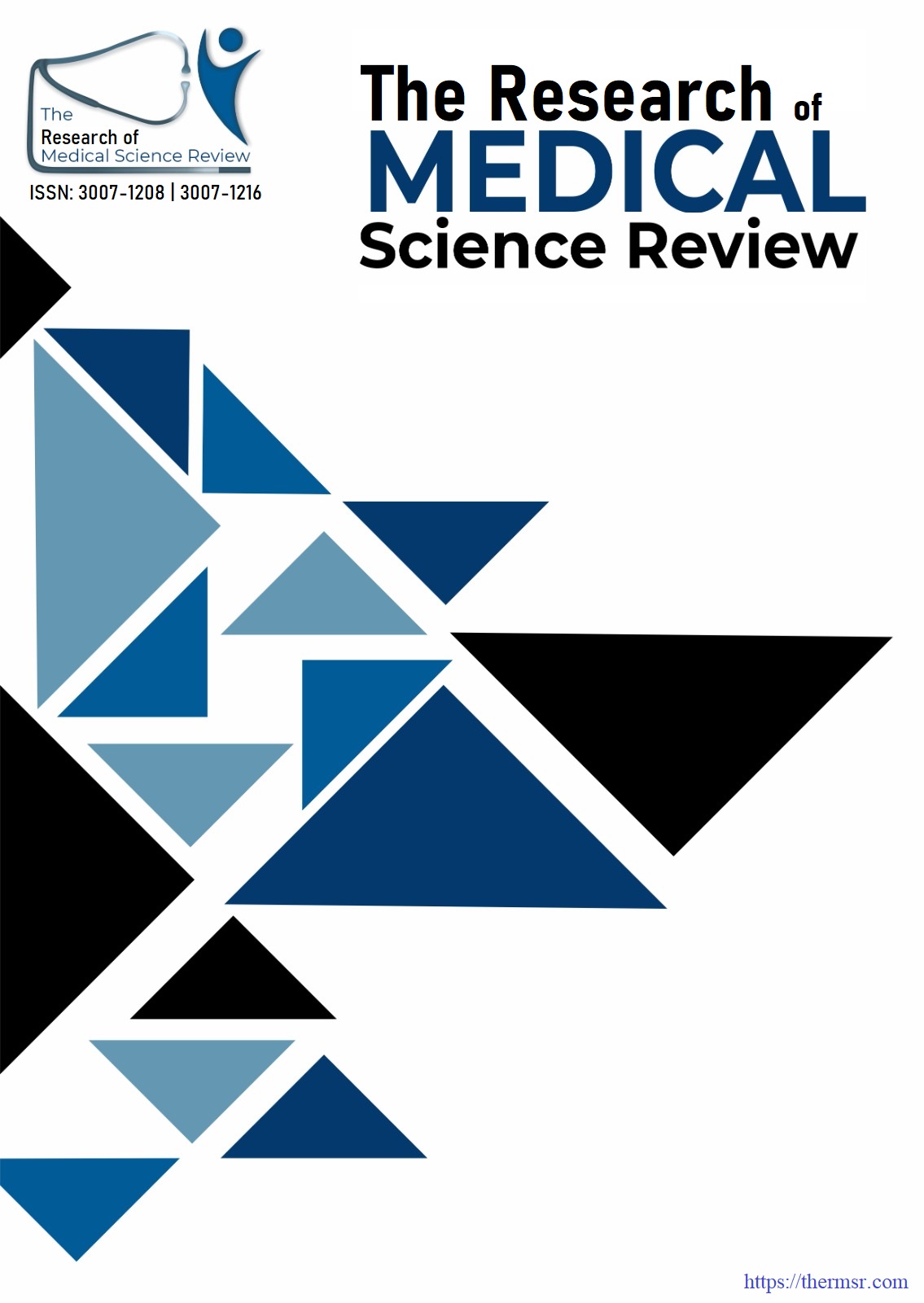THE ROLE OF POSITRON EMISSION TOMOGRAPHY-COMPUTED TOMOGRAPHY (PET-CT) IN MEDICALLY REFRACTORY EPILEPSY
Keywords:
Drug-resistant epilepsy, MRI, PET- CT, epileptogenic zone, multimodal imagingAbstract
Objective: To evaluate and compare the diagnostic accuracy of Magnetic Resonance Imaging (MRI) and Positron Emission Tomography-Computed Tomography (PET-CT) in localizing the epileptogenic zone in patients with drug- resistant epilepsy (DRE).
Methods: From June to December 2024, 180 patients with DRE at Armed Forces Hospital, Rawalpindi, were cross-sectionally assessed using both MRI and PET-CT imaging. Using clinical and imaging consensus as the reference standard, we calculated the sensitivity, specificity, positive predictive value (PPV), and negative predictive value (NPV) of both modalities. Chi-square analysis was used to assess statistical associations between imaging findings and clinical evaluation.
Results: PET-CT demonstrated higher sensitivity (88.72%) and NPV (83.64%) compared to MRI (69.77% and 58.02%, respectively). PET-CT also showed greater diagnostic concordance (66.24%) than MRI (38.01%). When both imaging findings were concordant, the combined use of MRI and PET-CT achieved the highest diagnostic agreement (46.87%, p < 0.05); discordant or negative findings were associated with reduced diagnostic clarity.
Conclusion: In DRE—especially in MRI-negative cases—PET-CT offers greater utility than MRI in identifying the epileptogenic zone. The combined use of both modalities enhances diagnostic accuracy and supports their integration into routine clinical evaluation of DRE.
Downloads
Downloads
Published
Issue
Section
License

This work is licensed under a Creative Commons Attribution-NonCommercial-NoDerivatives 4.0 International License.















